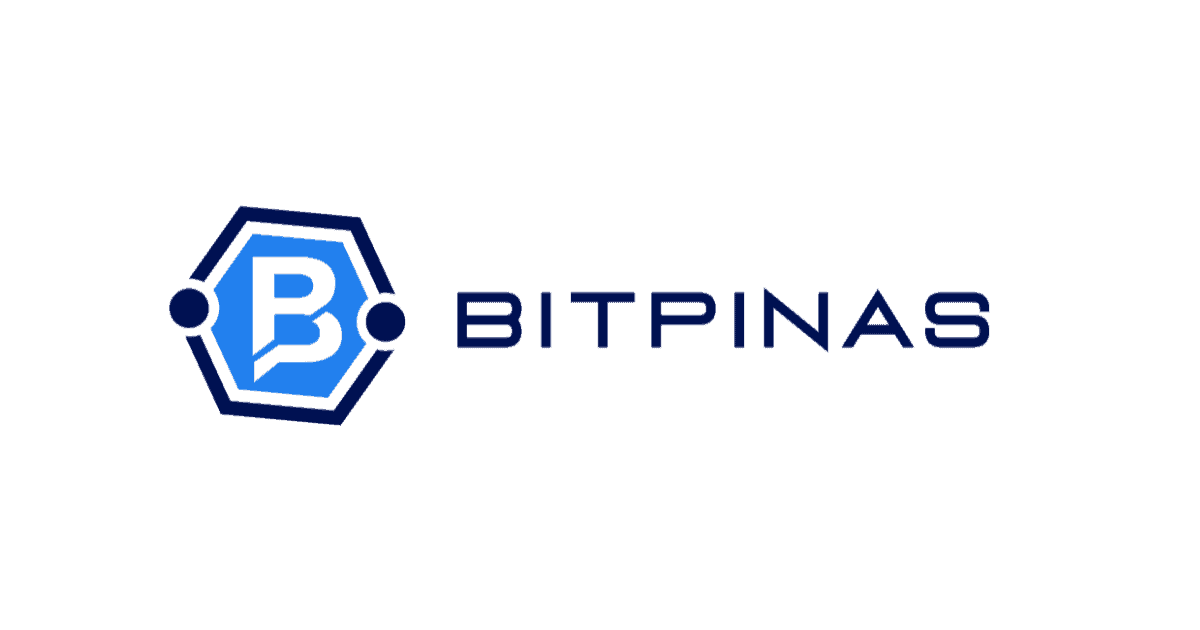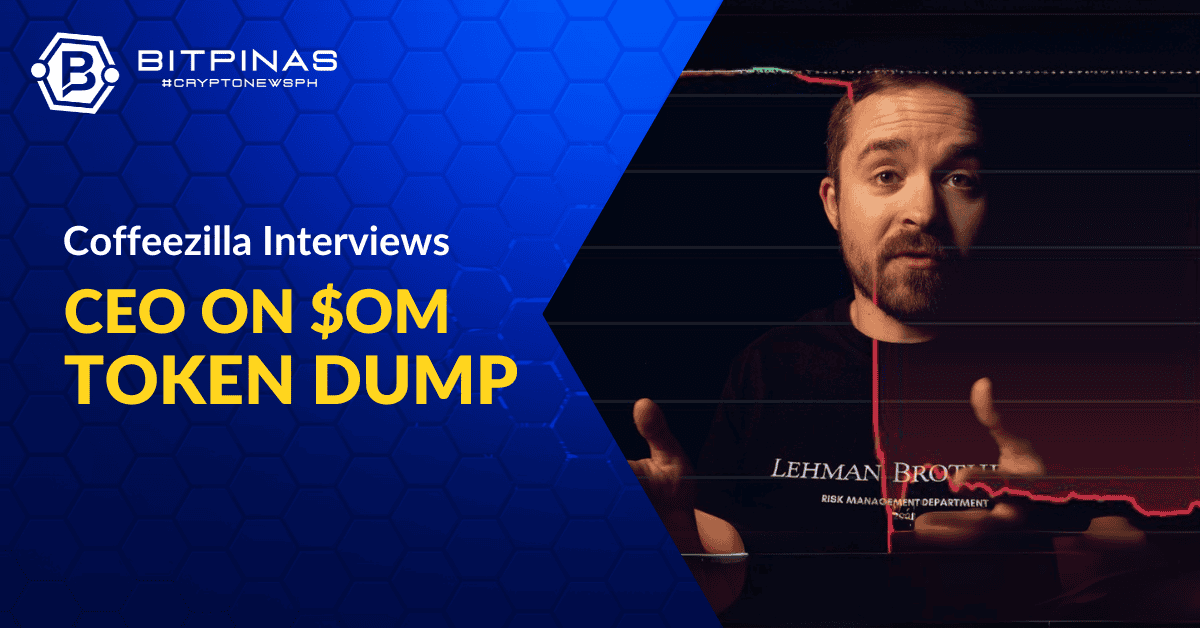After the crash of $OM, the native token of Mantra, a blockchain for real-world asset (RWA) tokenization, three international centralized crypto exchanges (CEXs) have issued statements on the issue.
Short Background on the $OM Crash
On April 14, 2025, Philippine time, $OM’s fiat value dropped by more than 90 percent within 24 hours, falling from approximately $6.30 to below $0.50, erasing nearly $6 billion from its market capitalization.
According to Mantra co-founder John Mullin, the price drop was due to a “massive forced liquidation” on an undisclosed exchange. Meanwhile, the blockchain’s community lead, Dustin McDaniel, cited “reckless liquidations” as the cause of the collapse.
But the explanation from the Mantra team did not convince the community, as posts on X alleged that the Mantra team or insiders sold off a large portion of the token’s circulating supply. Some even claimed that up to 90 percent was dumped.
Crypto publication Cointelegraph also revealed on X on-chain data that showed $227 million in $OM was moved to exchanges ahead of the collapse.
There are also claims that some investors of Mantra moved their $OM assets from noncustodial crypto wallets to CEXs such as Binance and OKX.
Statement of International CEXs on $OM Price Drop
Binance
In a post on X, Binance Customer Support said on the day of the crash that they were aware of $OM’s significant price volatility.
The CEX further said it had implemented various risk control measures, including reducing the leverage levels for $OM since October 2024. In January 2025, Binance added a pop-up warning on $OM’s spot trading page to inform users that the token had undergone significant changes to its tokenomics, increasing its supply.
“Our initial findings indicate that the developments over the past day are a result of cross-exchange liquidations. Binance constantly monitors leverage levels and makes adjustments according to market conditions for risk controls to help reduce volatility.”
Binance
Meanwhile, Binance founder Changpeng Zhao shared Cointelegraph’s on-chain data and said that while some people blame Binance for the $OM crash, he was sure that the big transfer of $OM from a wallet to exchanges “knows to avoid Binance.”
The founder then suggested that CEXs should not have a listing process but instead provide access to all tokens, allowing traders to decide what they want to trade.
OKX
Also on the day of the $OM price drop, OKX said it had observed significant volatility of $OM and noticed substantial trading volume spikes and price declines across various CEXs outside of OKX.
OKX then revealed that it conducted its own investigation using on-chain and internal exchange data:
“Our investigation uncovered that several on-chain addresses have been executing potentially coordinated large-scale deposits and withdrawals across various centralized exchanges since Mar 2025.”
Furthermore, OKX CEO Star Xu said the exchange would publish all reports regarding the incident.
“It’s a big scandal to the whole crypto industry. All of the onchain unlock and deposit data is public, all major exchanges’ collateral and liquidation data can be investigated.”
Star Xu, Chief Executive Officer, OKX
To help its users, the exchange said it adjusted a number of platform risk control parameters to mitigate potential impacts, while announcing that certain tokens may experience significant changes in supply, which could result in considerable price volatility.
A risk warning feature for the $OM trading page was also added to inform users of its increased volatility.
ByBit
Meanwhile, Bybit is not only at the center of the liquidity issue for $OM but also of the listing process of the token.
Two hours before Xu said that OKX would post its investigation findings, an OKX enthusiast alleged that Bybit was going to schools and asking students to download the exchange’s app. Another allegation claimed that Bybit encouraged KOLs to report the OKX wallet to regulators.
But the most serious accusation is that Bybit charges a $1.4 million listing fee for every project’s token.
Bybit CEO Ben Zhou immediately denied the allegations and commented on the X post of the OKX enthusiast, saying:
“The cryptocurrency world is so chaotic because of idiots like you who spread rumors without any evidence and fantasize every day.”
This article is published on BitPinas: $OM Crash Fallout: Binance, OKX, and Bybit Address Price Drop and Insider Allegations
What else is happening in Crypto Philippines and beyond?



